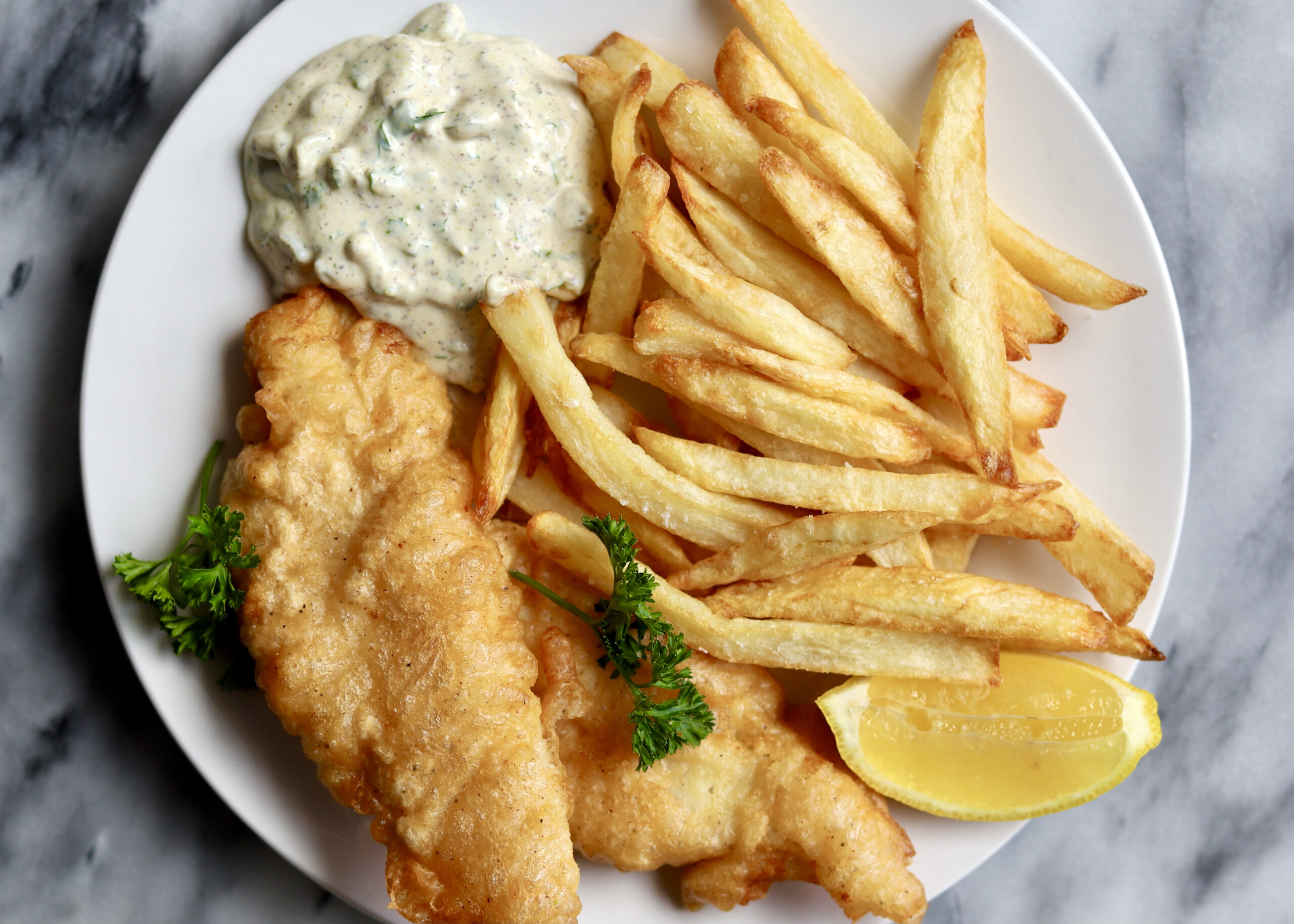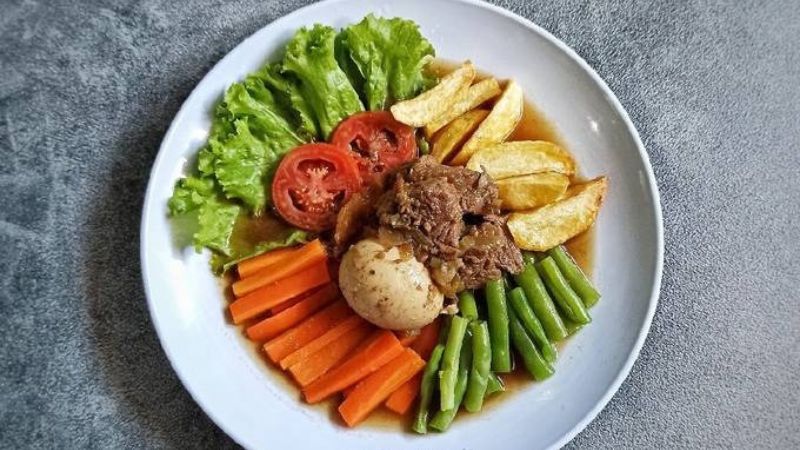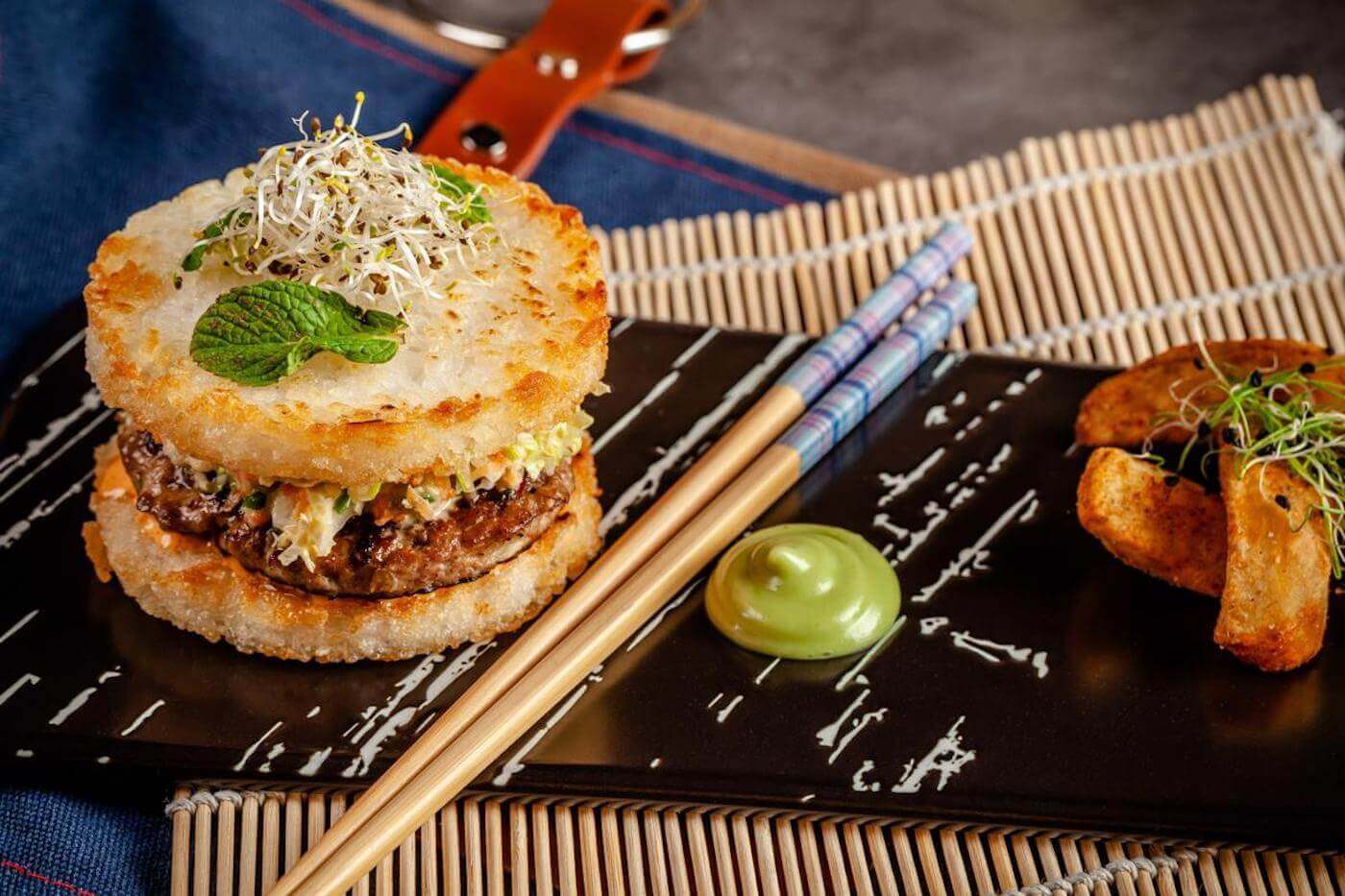
Of course. Here is a 1,200-word article on Global Fusion Cuisine.
The World on a Plate: A Journey into the Deliciously Complex World of Global Fusion Cuisine
Imagine biting into a taco, not filled with traditional carnitas, but with savory, spicy Korean bulgogi, topped with a tangy kimchi slaw. Or perhaps a delicate pizza crust, eschewing pepperoni for smoked salmon, crème fraîche, and a sprinkle of dill. This is not culinary chaos; this is Global Fusion, one of the most dynamic and exciting movements in the modern culinary world. More than just a trend, fusion cuisine is a reflection of our interconnected planet—a delicious dialogue between cultures, histories, and flavors, all served up on a single plate.
At its core, global fusion cuisine is the artful blending of culinary traditions from different countries or regions. It’s not about randomly throwing ingredients together, but a thoughtful and intentional combination of techniques, ingredients, and gastronomic philosophies. A French chef might use Japanese yuzu to brighten a classic beurre blanc, or an Indian cook might employ a Mexican smoking technique to add depth to a lentil dal. The result is something new and often surprising, a dish that honors its roots while fearlessly exploring new territory.

The Roots of a Culinary Revolution
While the term "fusion cuisine" gained prominence in the 1970s and 80s, the concept is as old as human migration and trade. The Silk Road was the original fusion highway, where spices, noodles, and cooking methods traveled between Asia, the Middle East, and Europe. The British presence in India gave rise to Anglo-Indian cuisine, with dishes like mulligatawny soup and the globally beloved chicken tikka masala—a dish arguably more British than Indian in its modern form. Tex-Mex, a cornerstone of American comfort food, is a centuries-old fusion of Spanish, Native American, and Mexican culinary practices.
However, the modern fusion movement was born from a different set of circumstances. The post-war era brought unprecedented globalization, affordable air travel, and waves of immigration to Western cities. Suddenly, chefs in New York, London, and Paris had access to a global pantry of ingredients—lemongrass, galangal, shiitake mushrooms, and aji amarillo peppers—that were previously exotic or unavailable.
Pioneering chefs seized this opportunity. In the 1980s, Wolfgang Puck became a household name with his restaurant Chinois on Main in Santa Monica, California. Here, he masterfully combined French and Chinese culinary traditions, creating dishes like "Whole Sizzling Catfish with Ponzu Sauce" that electrified the dining scene. Simultaneously, chefs like Roy Yamaguchi were defining "Pacific Rim" cuisine, blending the fresh flavors of Hawaii and Japan with classical European techniques, creating a style that was light, vibrant, and utterly new. In Florida, Norman Van Aken coined the term "New World Cuisine" to describe his blend of Latin, Caribbean, and American flavors. These chefs weren’t just cooking; they were culinary cartographers, drawing new maps of the world of taste.
The Philosophy: Fusion vs. "Con-fusion"
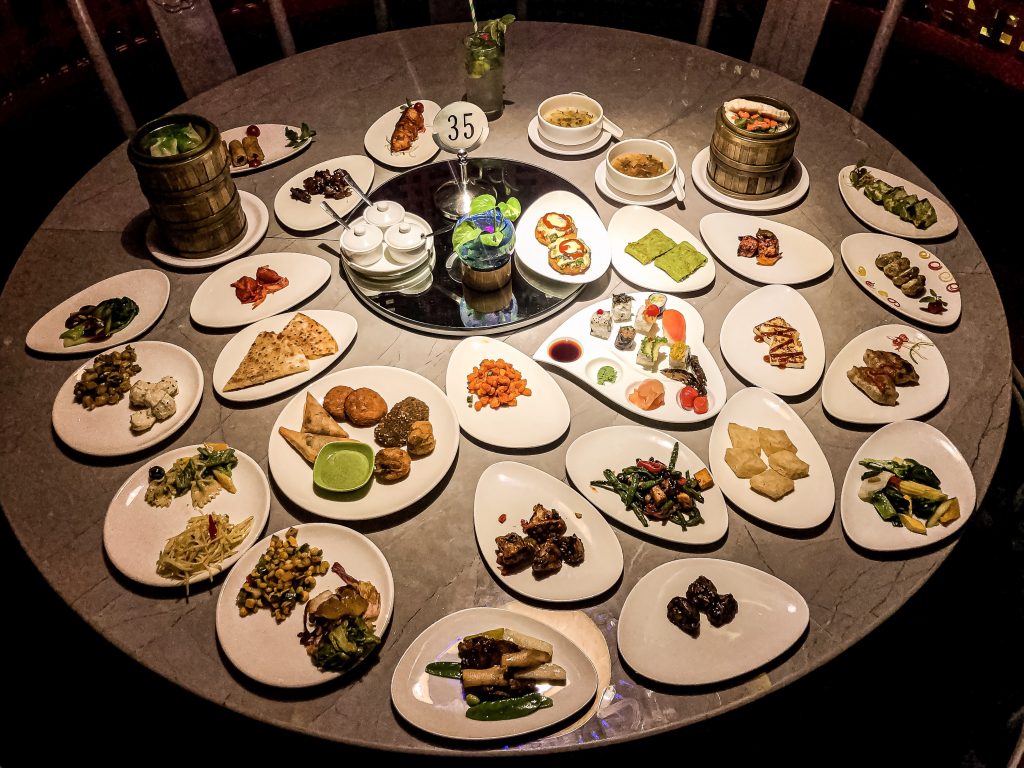
For every brilliantly executed fusion dish, there is a poorly conceived one. This has led to the derogatory term "con-fusion cuisine," used to describe dishes where disparate elements are thrown together without thought, resulting in a clashing, incoherent mess. A successful fusion dish is built on a foundation of respect and understanding.
The art lies in finding a point of harmony between cultures. A chef must understand the fundamental principles of each cuisine they are working with. Why does a particular spice work in a certain dish? What is the role of texture in a traditional preparation? It is this deep knowledge that allows for intelligent and respectful innovation.
There are several common approaches to creating fusion cuisine:
- Combining a Technique with Foreign Ingredients: This involves using a traditional cooking method from one culture with ingredients from another. For example, preparing an Italian risotto but substituting Japanese dashi stock for chicken broth and adding edamame and shiitake mushrooms.
- Reimagining a Traditional Dish: This takes a classic dish and gives it a cross-cultural twist. The Korean taco is the quintessential example. The form factor is a Mexican tortilla, but the heart and soul of the filling are pure Korean barbecue.
- Creating a Wholly New Synthesis: This is perhaps the most ambitious form of fusion, where elements from two or more cuisines are integrated to create a dish that stands on its own. Nikkei cuisine, the celebrated fusion of Japanese and Peruvian food, is a perfect example.

Iconic Examples: A Taste of a Blended World
To truly understand fusion, one must taste it. Several distinct fusion styles have become globally recognized for their unique and compelling flavor profiles.

Nikkei Cuisine (Japanese-Peruvian): When Japanese immigrants arrived in Peru in the late 19th century, they brought their culinary sensibilities with them. Unable to find all their traditional ingredients, they adapted, using local produce like limes, corn, and chili peppers. This gave birth to Nikkei. The Peruvian classic, ceviche, was transformed. While traditional ceviche marinates for hours, the Japanese influence led to a dish where fresh fish is "cooked" for mere minutes in citrus juice, preserving its delicate texture, much like sashimi. Another iconic Nikkei dish is Tiradito, which is essentially sashimi-style fish served with a spicy, citrus-based sauce—a perfect marriage of Peruvian zest and Japanese elegance.
Korean-Mexican: Popularized by Roy Choi’s revolutionary Kogi BBQ food truck in Los Angeles, this fusion took the world by storm. The magic lies in the perfect synergy of flavors and textures. The savory-sweet marinade of Korean barbecue (bulgogi or galbi) is a perfect counterpoint to the fresh, zesty crunch of salsa and the soft warmth of a corn tortilla. The fermented funk of kimchi adds a layer of complexity that cuts through the richness of the meat. It’s street food elevated to an art form.
Californian Cuisine: Often associated with the "farm-to-table" movement, California cuisine is also a subtle form of fusion. Its emphasis on fresh, local ingredients is often paired with techniques and flavors from around the world, particularly from Mediterranean and Asian cuisines. The famous BBQ Chicken Pizza, invented by Wolfgang Puck, took an Italian staple and gave it an all-American, smoky-sweet makeover, forever changing the landscape of gourmet pizza.
The Crossroads of Criticism: Appreciation vs. Appropriation
As fusion cuisine has become more mainstream, it has also faced important criticism. The line between cultural appreciation and cultural appropriation can be thin. Appreciation involves learning, respecting, and giving credit to the source culture. Appropriation, on the other hand, often involves taking elements from a marginalized culture without context or credit, frequently for profit, and sometimes dumbing them down for a Western palate.
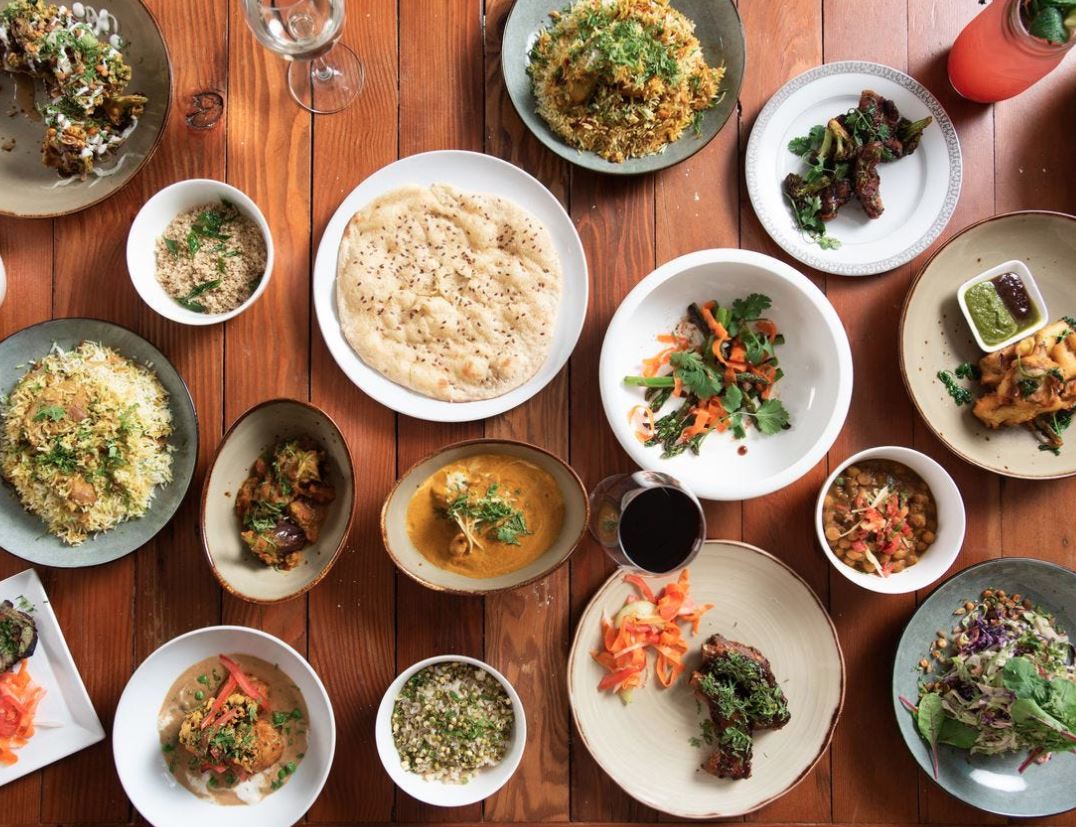
A responsible fusion chef acts as a respectful ambassador. They credit their inspirations, understand the cultural significance of the food they are working with, and avoid perpetuating stereotypes. The conversation around this issue is vital, pushing the culinary world to be more mindful, equitable, and authentic in its creative pursuits.
The Future on the Menu
Global fusion cuisine is not a fleeting fad; it is the new normal. In an increasingly globalized world, culinary cross-pollination is inevitable and will only accelerate. The future of fusion points towards even more personal and nuanced expressions. We are seeing chefs tell their own life stories on the plate, blending the food of their heritage with the cuisine of the place they now call home.
Furthermore, the rise of the internet and social media has empowered home cooks to become fusion artists in their own kitchens. With access to endless recipes and the ability to source ingredients from all over the world, experimenting with a dash of gochujang in a pasta sauce or a sprinkle of za’atar on roasted potatoes has become commonplace.
In the end, global fusion cuisine is a celebration of human creativity and our innate desire to connect. It reminds us that while borders may separate us, the shared language of food can bring us together. It proves that by respecting our differences and finding our common ground, we can create something beautiful, harmonious, and, above all, delicious. The world is on our plate, and it has never tasted more exciting.

Article on Global Fusion Cuisine. pictures collections gallery
Article on Global Fusion Cuisine. is a nice pictures and stock photo for your computer desktop or your smartphone device (ipad, tablet, blackberry, iphone, and other device) and also for your personal use. Free available for desktop wallpaper or additional image collections for your all needs. And was uploaded by admit at date July 28, 2025. You can download it in your computer by clicking download button to save image... have nice day and have fun guys..
This 1 image in featured post from 0 Photos/images Gallery and awesome picture selections about Article on Global Fusion Cuisine. is available to download. "Download & Save" images/pictures/wallpapers now and this Is one of the post that listed in packed to Category is Foods directory, with image dimension/resolution size is 1400 × 933 px and size image/picture file is 148 KB with original link post ID is : https://powae.pw/of-course-here-is-a-1200-word-article-on-global-fusion-cuisine/. Get download/save images in post and gallery, "download" images or "preview" it on a bigger image for spesification sample in Large size (full attachment size) here : [Download & View to Large size]. Just Simple way, in thumbnail or in Gallery. *Click images to view Large Size.We collect this wonderful image from online and choose one of the best for you. Pictures collection that posted here was carefully chosen and published by author after choosing the ones which are best among the others. So, ultimately we make it and here these list of best image for your inspiration and informational reason regarding the Article on Global Fusion Cuisine. as part of blogsite exclusive updates collection. So, take your time and find the best informations and pictures posted here that suitable with your needs and use it for your own collection and personal use. About Image information: Image has been submitted and You are able to give your opinion as evaluations to our web site value.
Don't forget to comment if you interest with this images, you can share this post to social media like as facebook, twitter, google+, pinterest, stumbleupon, and more. just click social media buttons for share this post Article on Global Fusion Cuisine. Now. :)
Thanks for your visit, I hope you happy come to opo wae, wis opo wae, and get what you're looking for. And hope sometimes you will come back again here. All you need to do is help us develop by discussing this Article on Global Fusion Cuisine. if you like it "leave your comment". have fun, Thank you.



